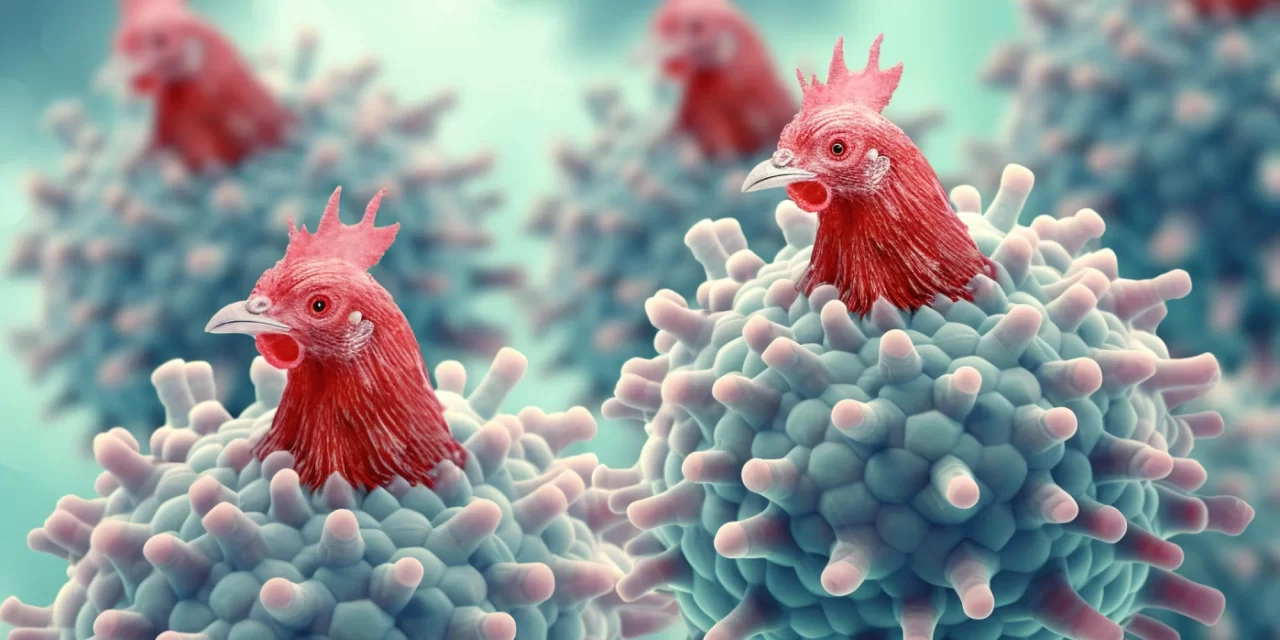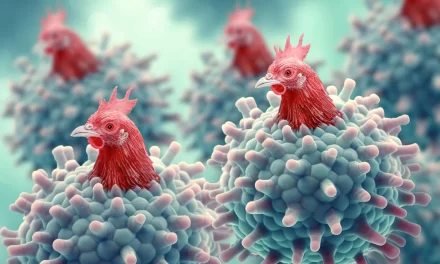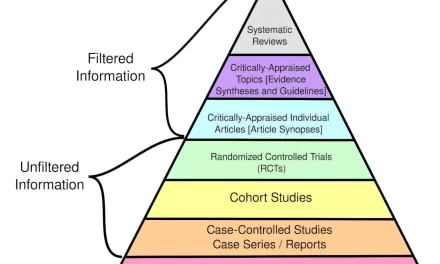Amid the growing frequency of avian influenza (bird flu) infections in mammals, including a recent case involving H5N1 in dairy cows in the United States, scientists have made a significant breakthrough in understanding how the virus crosses the species barrier to affect mammals and humans. The study, conducted by researchers at the European Molecular Biology Laboratory (EMBL) in Grenoble, France, sheds light on the molecular mechanisms that enable avian influenza to adapt and replicate within mammalian cells.
Published in the journal Nature Communications, the research focuses on the viral polymerase enzyme, which is responsible for the replication of the influenza virus, and a host cell protein known as ANP32, which plays a crucial role in regulating this process. Typically, differences in ANP32 proteins between birds and mammals act as a barrier to cross-species transmission. However, the study reveals that specific mutations in the viral polymerase can overcome this barrier, facilitating infections in mammals, including humans.
“The threat of a new pandemic caused by highly pathogenic, human-adapted avian influenza strains with a high mortality rate needs to be taken seriously,” emphasized Dr. Stephen Cusack, the senior scientist at EMBL Grenoble who led the study. He added, “One of the key responses to this threat includes monitoring mutations in the virus in the field. Knowing this structure allows us to interpret these mutations and assess if a strain is on the path of adaptation to infect and transmit between mammals.”
The research team successfully retrieved the structure of a human-adapted avian influenza polymerase, revealing the specific alterations that enable it to interact effectively with human ANP32. This discovery is vital for tracking viral mutations in the field, as it helps estimate the likelihood of a new pandemic caused by highly pathogenic avian influenza strains that have adapted to humans.
While the study marks an important step forward, it also lays the groundwork for developing innovative anti-influenza drugs that specifically target the virus’s replication complex. Understanding the nature of this replication complex and its role in viral adaptation is crucial for preventing future pandemics.
Dr. Cusack underscored the importance of vigilant monitoring of viral mutations to assess the risk of human transmission and to develop effective countermeasures against potential outbreaks. As avian influenza continues to pose a global threat, such research is essential for safeguarding public health and preventing the emergence of a new pandemic.
The findings of this study come at a critical time, as the world remains alert to the ongoing threat of zoonotic diseases—those that can be transmitted from animals to humans. With the potential for avian influenza to evolve and spread among human populations, the need for continuous surveillance, research, and preparedness cannot be overstated.












